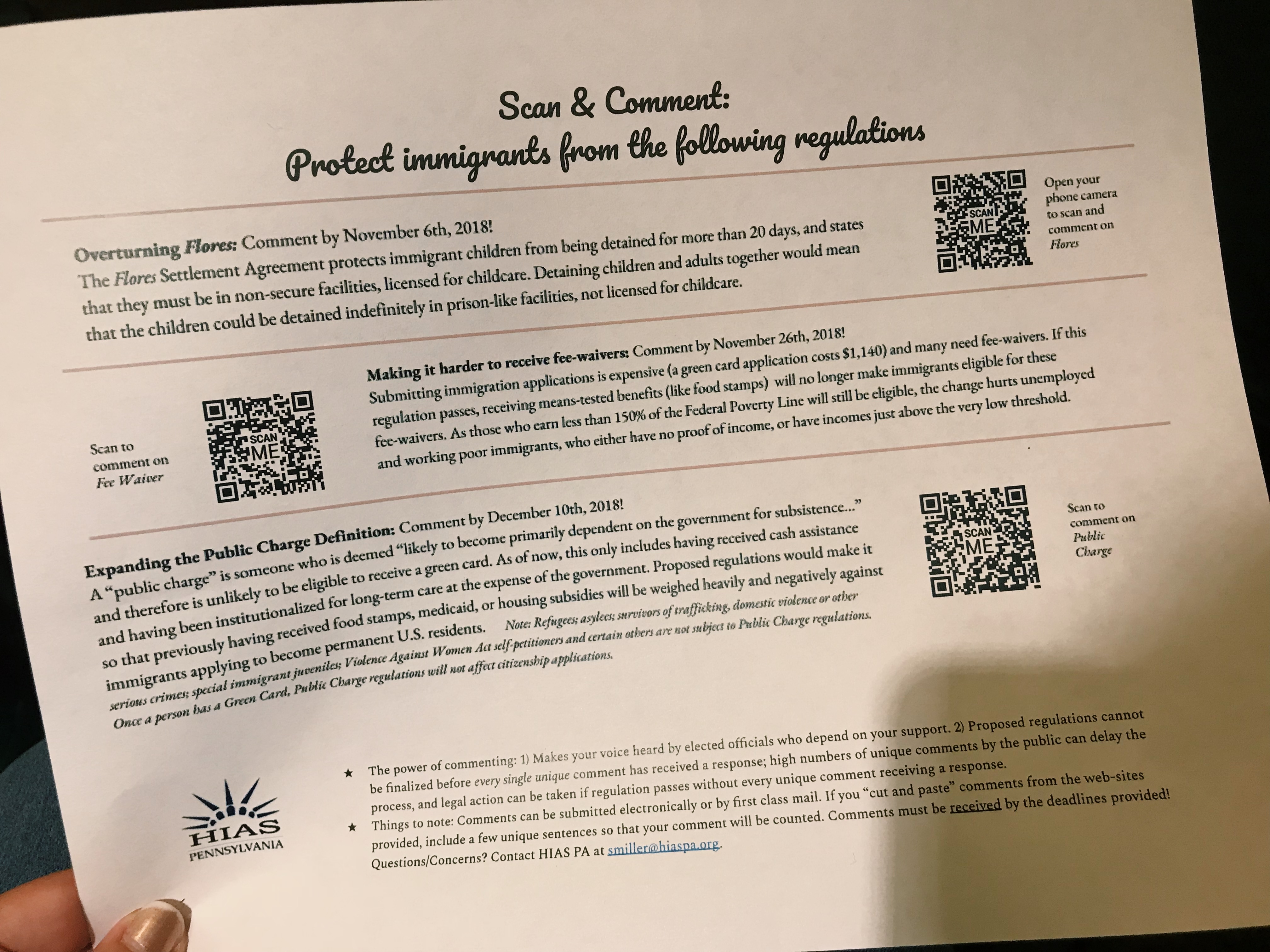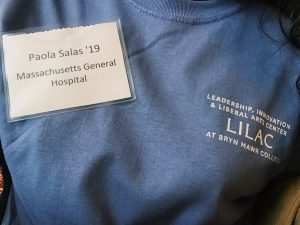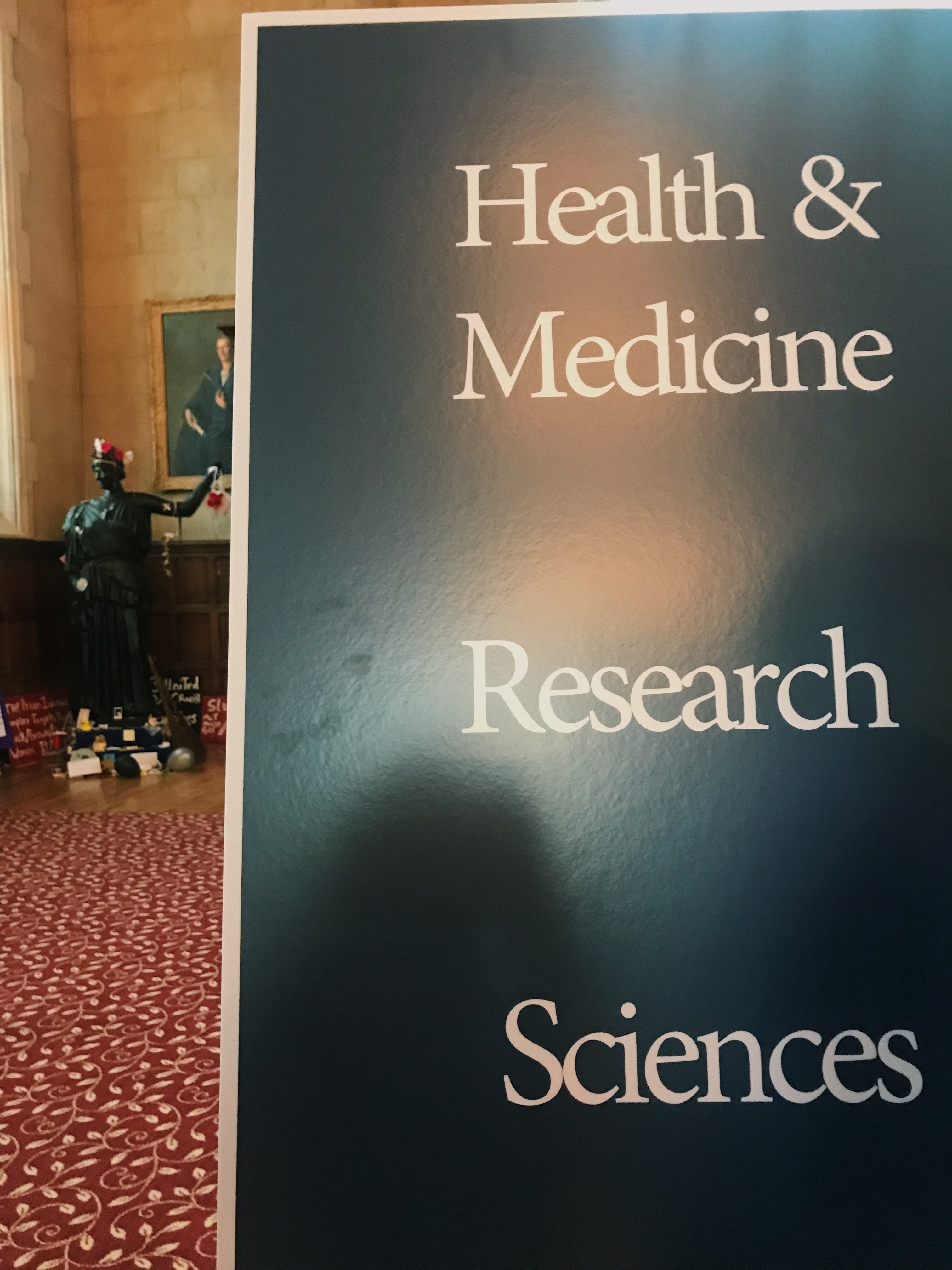I voted for the first time during my sophomore year at Bryn Mawr. I was 19 years old and it was the Presidential Election. I went to the Presbyterian church with my friends and we got our “I voted” stickers and were so excited! I remember feeling equally scared, as it was a highly emotional time in the U.S.
Today was my second experience voting. At the same Presbyterian church. This time for the midterm elections. LILAC provided free shuttle rides from Pem arch to the polls all day. They also handed out information and lollipops to students and tried to make this process as easy and accessible for us as possible.

A sign at the arches, created by the LILAC staff
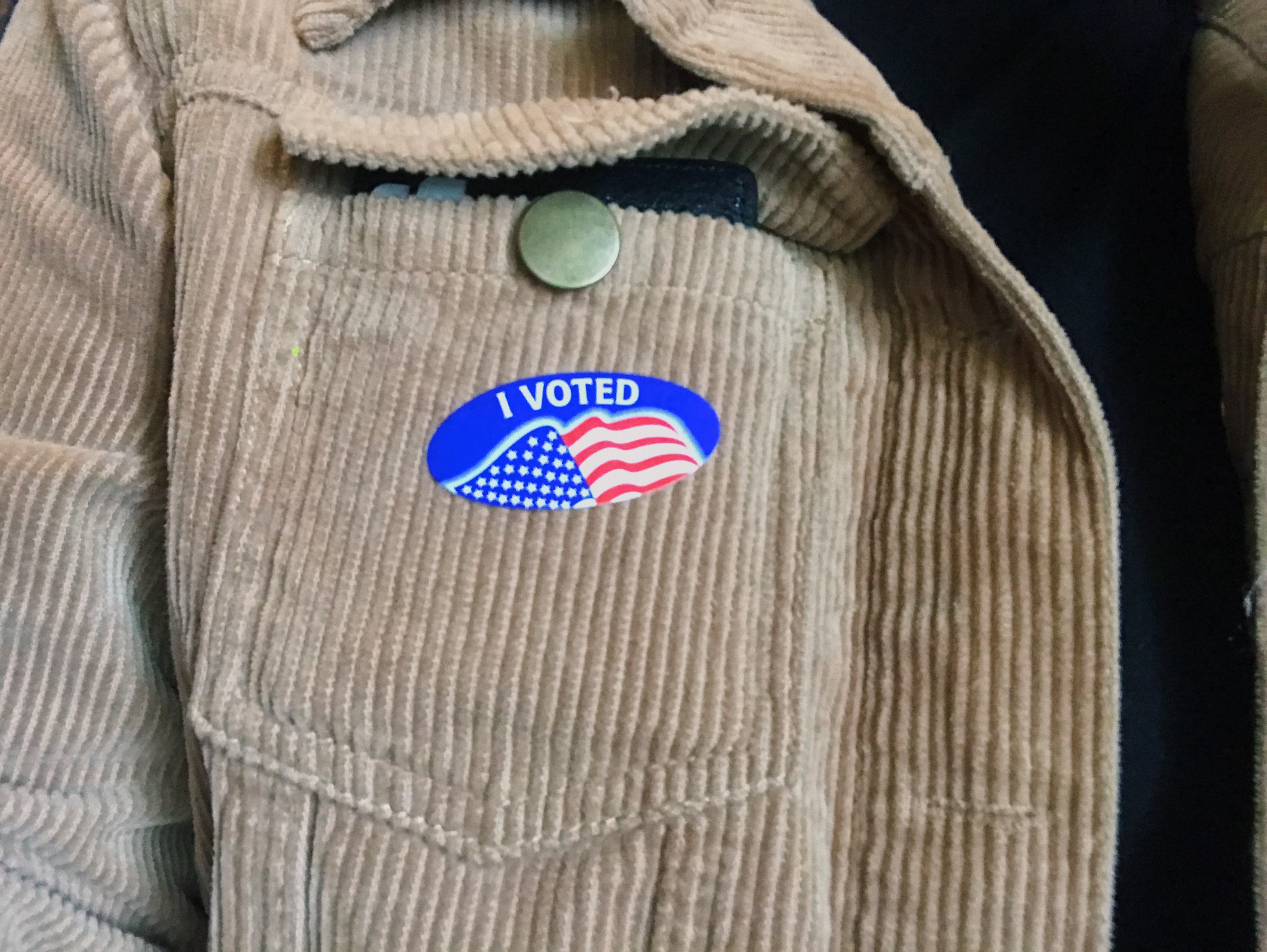
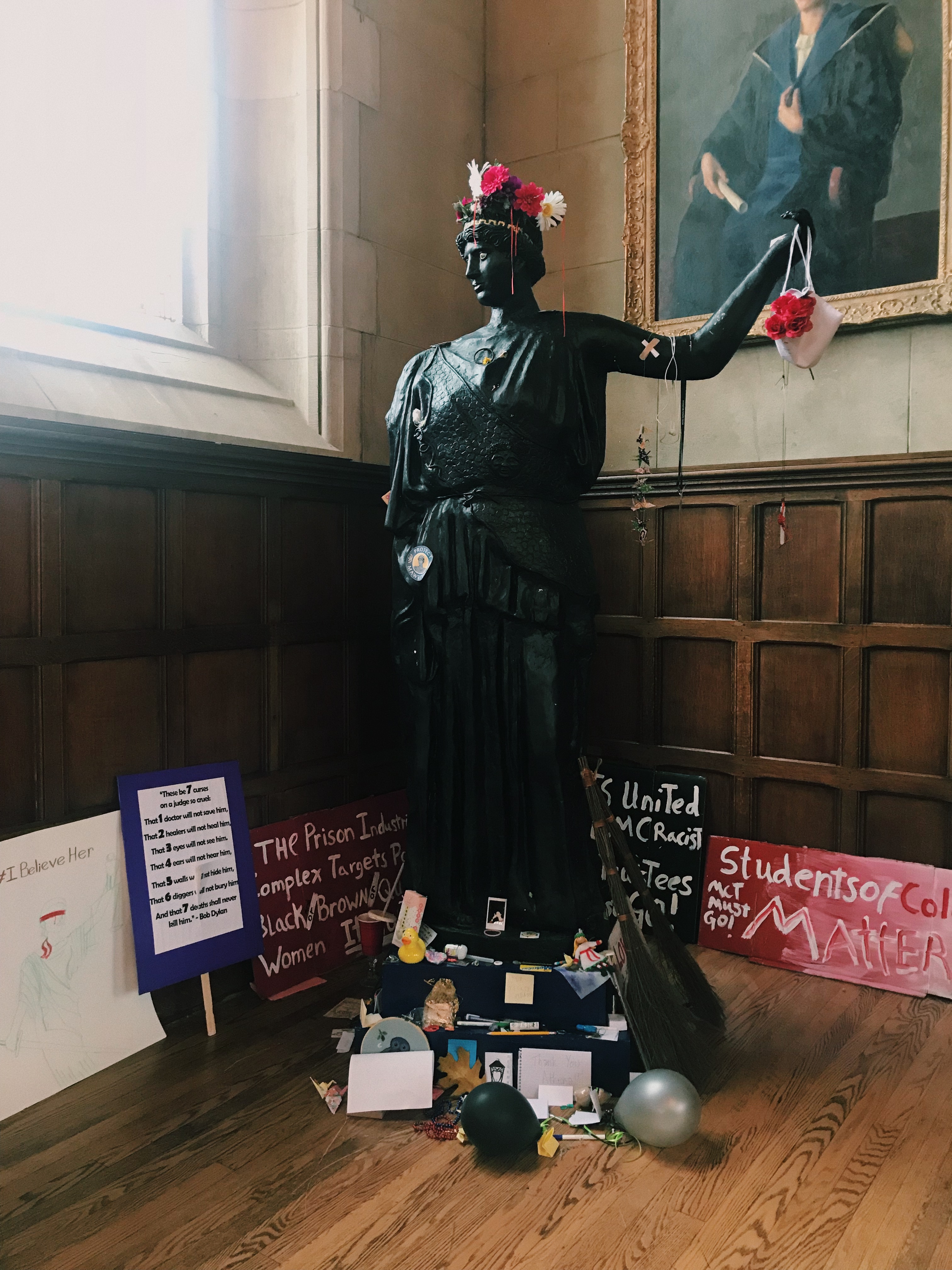
Political signs by our Athena statue
All of my professors found a way to encourage students to vote during classes these past few weeks. One of my profs even said that if we had to leave class early to go vote, that’d be fine with her. I’ve always loved how political and socially conscious this campus can be. From voting to our president sending letters about current political issues, to students organizing important conversations and protesting, Bryn Mawr tries to be aware of the things going on outside of our campus.
In one of my classes, we took some time to learn about immigrant regulations and how commenting on these regulations can delay the process of finalizing these proposed regulations. I had never learned about that and honestly knew very little about the regulations being proposed, but by the end of class, I submitted a comment on the overturning of the Flores settlement agreement. There are two more proposals that are still accepting comments and I thought I’d include the paper we received on that in case anyone reading this blog would like some info on that.
